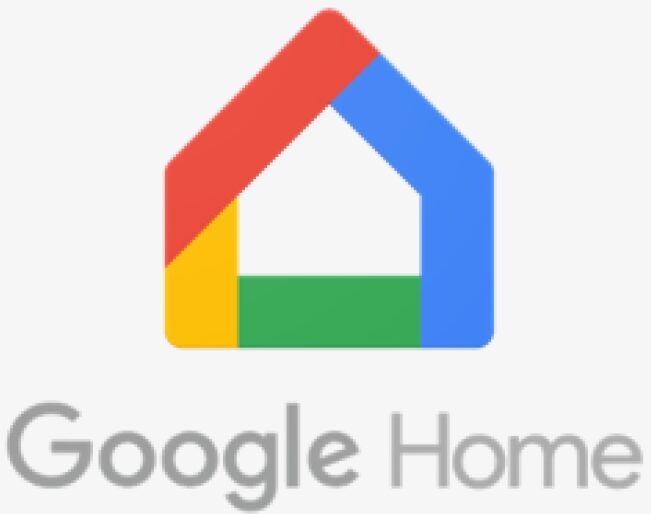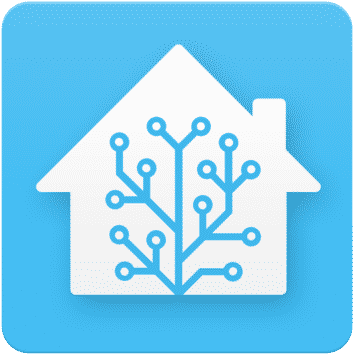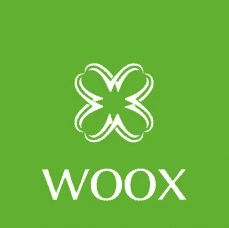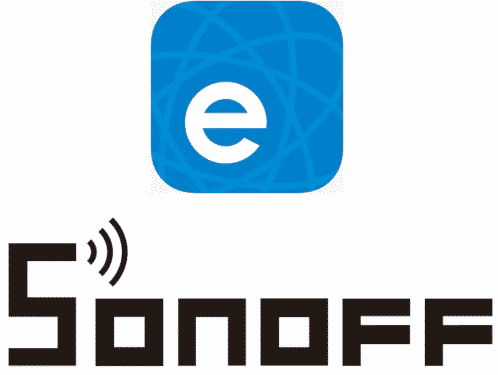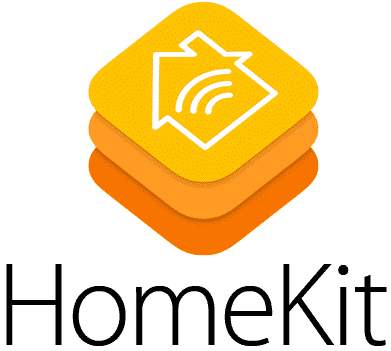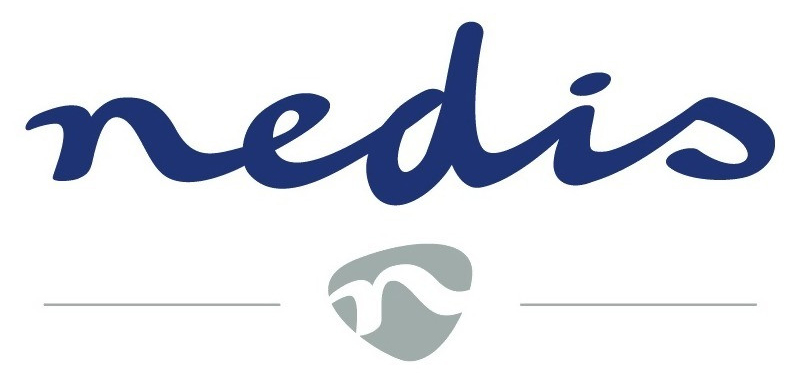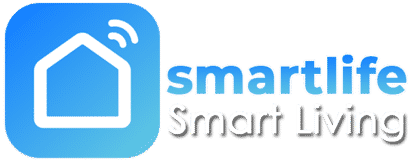The term “Smart Home” gained popularity in 2010 when Nest company was founded by former Apple engineers Tony Fadell and Matt Rogers and 1 year later, they released the nest thermostat, so the concept of a “Smart Home” began to circulate widely. Since then, this idea has advanced and is now a part of mainstream consumer awareness.
What Do People Like About IoT?
What is AI, IoT and how the Smart Devices are part of the AIoT architecture we’ve explained in our previous article:
What are Smart Devices, AI and IoT
The question we aim to answer today is, why and what exactly makes us look more and more towards Smart Technology.
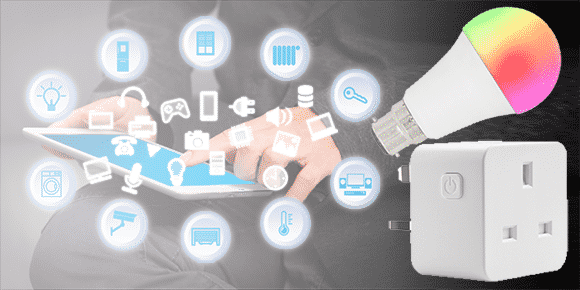
This control, remotely, programmatic or action-based over the device functionality is a huge interestedness point to consumers today. Due to the modern professional’s ever-shifting work and life schedule, flexibility and control are hugely important when it comes to technology and how to make it work to our benefit for the daily routines.
Smart homes, for instance, may offer inhabitants smart heating and cooling systems that adjust to meet user preferences along with external factors, such as the outside temperature or whether some windows were left open somewhere in the house. These automatic temperature adjustments are great, but people prefer the simplicity of automation when goes hand-in-hand with having command over operations as they want to control it manually and differently from the set routine occasionally.
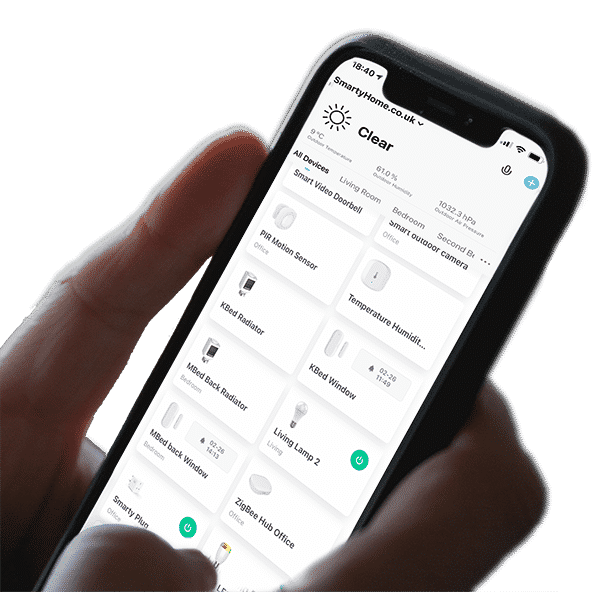
Being in command helps users to control when those programmes run and when they shut down, all from the convenience of their mobile device. For example, the ability to control the thermostat allows us to decide where and how they save money on energy bills over time. People prefer IoT as long as it offers the service they like, but still providing practical implementation possibilities.
This mindset has been well-represented by most of the smart home technologies, so far. Business Insider Intelligence recently found connected-home device shipments are set to increase 67% over the next five years, which is more than smartphone shipments are expected to grow. The report covers thermostats, lighting solutions, washers, dryers, security systems, and other smart devices. Thermostats and smart security items like smoke detectors and alarm systems will grow more popular first, as these are the most practical applications for IoT.
What is important when considering AIoT smart devices?
In a world where there are over 12bn IoT connections with over 450 IoT platforms, it’s important to pay attention what we are the significant aspects to consider when buying a new smart device as this could lead to some difficulties in administration or even to having several environments unable to communicate one to each other due to incompatibilities.
Most of the times, when choosing something we are price-driven because we afford it, or we don’t, and we are getting cheaper alternatives. Like everywhere else, the smart devices market is not guarantying if an item is from a well-known brand and is coming at a dear cost, makes it the best as well as a cheap device is not necessarily the worst, we still have to assess it and consider other aspects in our decision.
Even the devices included in the IoT are smart, they still need our skill and intervention for different security and administrative tasks, thus making us the Administrator of Things (AoT).
The administrator will spend time weekly or monthly for different tasks like a simple firmware update, compulsory to be done for security and functionality reasons; also, the initial setup of a smart device is time-consuming which can be sort if the device is part of the same AIoT platform with the rest we have, or it’s requiring a connector/translator (like IFTTT, Alexa, Google Assistant, etc) between itself and the rest of smart devices network we already have to interconnect and exchange information. The same principle applies when we buy the first smart device, as we should always look to security, scalability and expansion, so the platform we choose should be secured and as omnipotent as possible in terms of the existing market devices.
Security
Sometimes, security it’s an abstract term because security mainly depends on 2 factors, time and money. But in principle, we have to rely on studies and avoid smart devices and platforms which are proven to be weak or not regularly updated. In terms of security, a device should fulfil few requirements:
- Version Updates:
- Is the platform regularly providing device firmware/OS updates?
- Is the software/app recently and regularly updated?
- Can the update be done automatically at the device level?
- Data Encryption:
- Since the smart devices are interconnecting and exchanging data, they are exchanging usernames and passwords besides other data like video footage, medical records, location presence and others, so you’d want this data transmission to be encrypted!
- Open Ports:
- Like any other communication device, they have designated ports for connectivity, transmission and reception of data. If unnecessarily ports are left open, these might be exploited by a potential attacker.
- Discovered Vulnerabilities:
- Being a computer in a sense and having software controlling its behaviour, it’s exposed like any other equipment running software to vulnerabilities discovered over time and possibly exploited; so it’s important to check the Common Vulnerabilities Exposures database (http://cve.mitre.org/cve/cve.html) and what is the vendor response for each of it.
- Other Dependencies:
- Power is probably the main to be mentioned as all of the smart devices, depends on power but some of them these days are battery-powered. So, the question is mostly for the battery-powered ones if they are efficiently informing us about the battery level and triggering alerts of low power thresholds.
- Internet is another dependency we have to consider, at least in 2 situations, if we have a mixture of smart devices from different brands which are interconnected using 3rd party services like IFTTT, Alexa, Google Assistant, etc or if we have smart security devices meant to notify us of a possible incident. In both situations, if we don’t ensure permanent internet connectivity, the smart system might fail.
So, if it is to summarise all the above to consider and complement with some more in just a few points, we’d say:
- Security – the most important to consider
- Variety – The item range offered by the platform in case we want to scale
- Interconnectivity – It’s always better to have options to use other devices in our working environment, in case the brand of our choice is not offering a certain device for future needs or project.
- Friendliness – Setting up the solution and management should not be “rocket science”
- Translation – is the app available in the language you understand?
- Portability – is the app available for major OS’s (IOS, Android, Windows)
- Price
As we stated earlier, there are over 450 IoT platform already and growing. Of course, dedicated to home, office or business use are less but still a very wide plate of choices. The major players on the market are:
- Samsung – SmartThings
- Google – Google Assistant, nest, Chromecast
- Amazon – Alexa, Ring
- Apple – HomeKIT
- Tuya – Various Brands/Products available
- Philips – HUE
- Control4 – Control4






